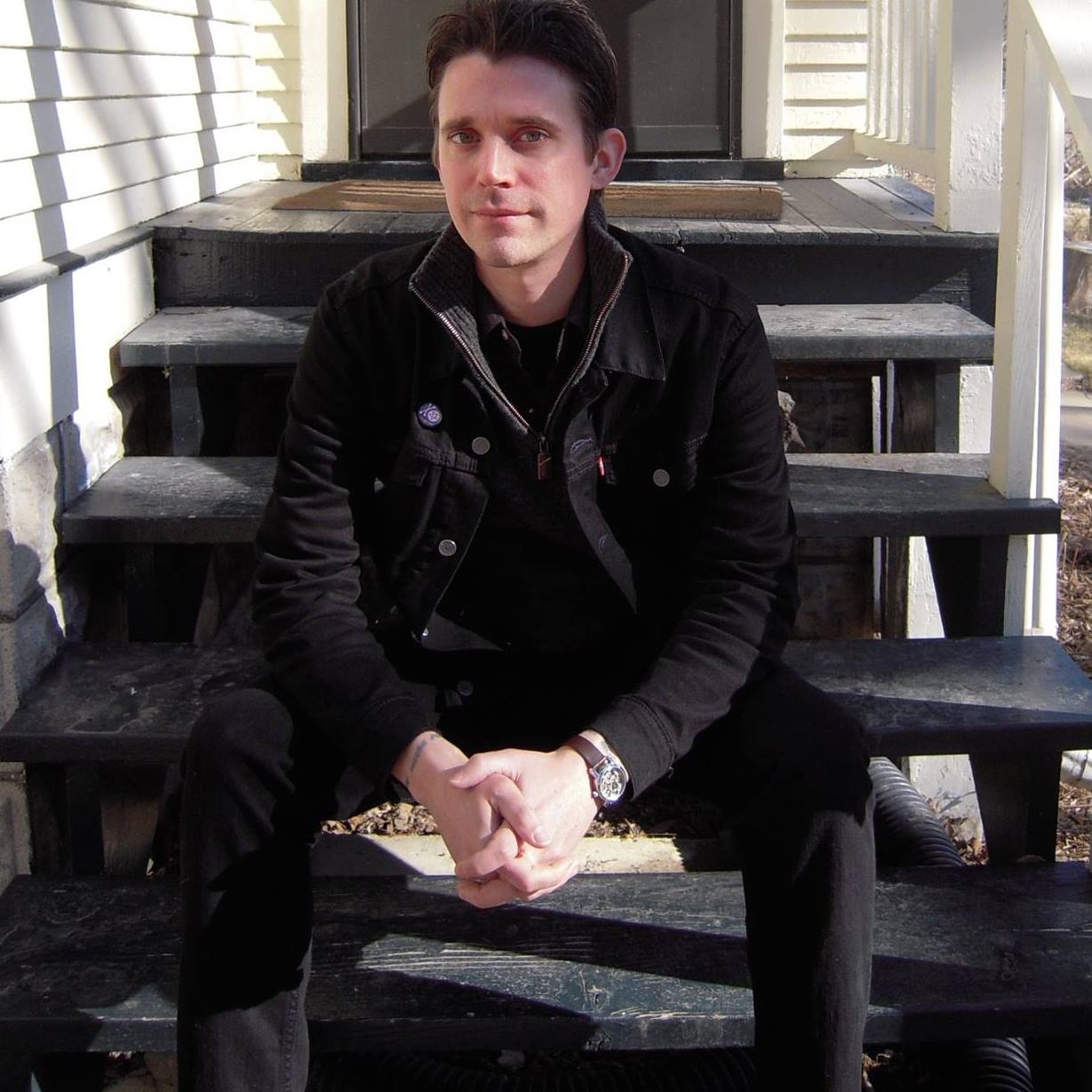The holidays are upon us, and we are thankful for all of the readers, writers, and artists who make Longridge Review possible!
We hope you will “follow” our blog posts — which are few and far between — to keep in touch with some innovations for this site in 2018. We would love to have your creativity be part of growing our mission via essays and art. You can also keep an eye on us via social media (see below).
- Issue #9 is LIVE today!
- Submissions for our Winter 2017-18 issue will open December 15, 2017
- We are pleased that Molly Young Maass, District of Columbia, will join our board of readers and contributing editors for our next issue. Welcome, Molly!
- In our current issue, creative advisor Suzanne Farrell Smith interviews her sister, Deb Farrell. We are truly honored to have Deb as our featured artist this issue. Don’t miss the intimate exchange between sisters that offers an unusually candid insight into Deb’s work.
- We are on Twitter and Facebook! Follow us to stay in the loop on all things Longridge: @LongridgeReview and Longridge Editors LLC.
NOTE: Our mission results in our publishing uniquely sensitive narratives. Childhood experiences are formative, and tend to land in emotionally — and sometimes psychologically — difficult territory. While the writing is about childhood, these essays are not for children. Some essays contain adult language, explorations of sexuality, and instances of verbal or physical abuse. They also contain moments of light and love and humor. Thank you for reading and sharing responsibly. — EDG
In this issue:
Victims or Others?
Gina Ferrara (New Orleans) remembers a colorful crew of men who play cards at her grandfather’s bar and clubhouse in the French Quarter. “Chicago Mike” always seems to have an assortment of random gifts on him. One day, Gina and her sister are the recipients of some of those gifts, and she finds herself asking herself questions about what it means to be involved in something you’re not even sure you understand.
How to Be on Time
Andy Harper (Illinois) weaves a narrative that goes to an unexpected place. When he finds his young adult self beset by unexpected anxiety, he is determined to follow the bread crumbs to its origin. The conclusion is shocking. This essay broke a couple of hearts at our editorial table, and is an excellent example of why we publish Longridge Review.
Sepia
Anne Muccino (Kansas City) reflects on the first time she repeated a term spoken inside her family and realized it wasn’t something said aloud to others, most importantly not to the people being labeled with that word. This is a poignant snapshot of a child’s dawning awareness that not everything said casually or even said warmly has a casual or warm effect on others.
Shooting Stars
Jonathan Sonnenberg (New York City) deftly tells us something about himself by writing about an influential teacher. Mr. Bell likes to ask his students prickly questions. Have they ever been drunk? Tried pot? Cocaine? The class is pretty used to his provocations, until one afternoon a question sucks the air out of room. Mr. Bell is after more than discomfort. He has something he needs them to know.
A Bowl Full of Jelly
Victoria Waddle (Claremont) is devastated by her grandmother’s death, but learns how to conjure her presence in dreams. These visits help, some, but become increasingly dissatisfying as her grandmother never comes fully back to who she was in life. Eventually, the dream woman sends a message that makes it plain her visits are over. But will she ever truly not be there, somewhere?
Sentence Enhancers
Teige Weidner (Oregon) has a story about his childhood that will ring familiar to too many readers. He is bullied, a lot, and the abuse is taking a toll. No one seems to appreciate how bad things are for young Teige, but they are about to find out. After all, we all only have so much fuse, and his is about to burn down.
p.s. Want to write for us? See submission guidelines here: Longridge Review SUBMIT

